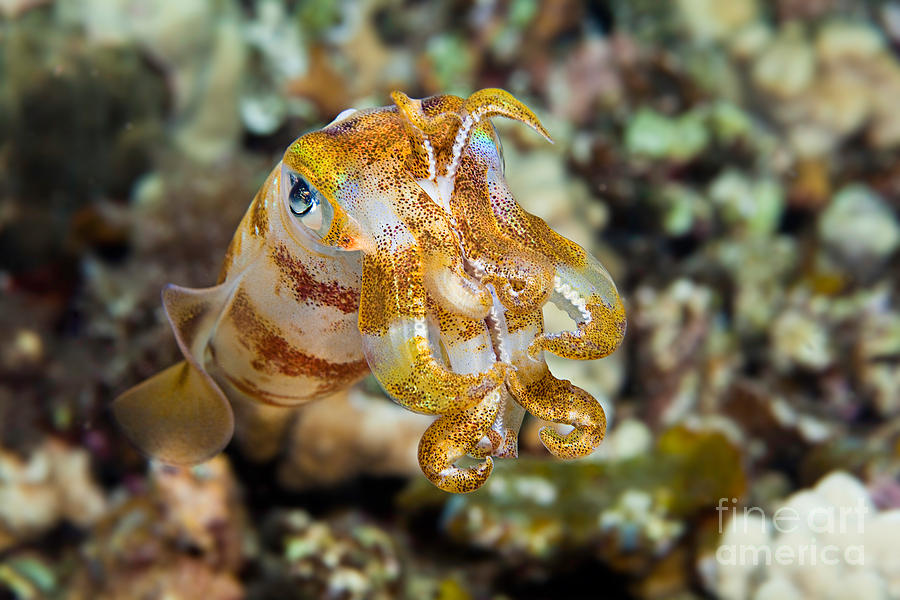

PLoS ONE 15(11):Įditor: Johann Mourier, Institut de recherche pour le developpement, FRANCE These sightings add to our knowledge of this elusive and intriguing genus, and reinforce the value of imagery as a tool in deep-sea squid research.Ĭitation: Osterhage D, MacIntosh H, Althaus F, Ross A (2020) Multiple observations of Bigfin Squid ( Magnapinna sp.) in the Great Australian Bight reveal distribution patterns, morphological characteristics, and rarely seen behaviour. We have described fine-scale habitat, in-situ colouration, and behavioural components including a horizontal example of the ‘elbow’ pose, and coiling of distal filaments: a behaviour not previously seen in squid.


Squid of a juvenile size were also recorded and are confirmed to possess the long distal filaments which have thus far been mostly missing from specimens due to damage. In terms of morphology, previous in-situ measurements have been roughly based on nearby objects of known size, but this study used paired lasers visible on the body of a Magnapinna squid, providing a more accurate scaling of size. Morphological differences indicate each sighting is of an individual rather than multiple sightings of the same squid. As most previous observations have been of single Magnapinna squid these multiple sightings have been quite revealing, being found in close spatial and temporal proximity of each other. These represent the first records of Bigfin Squid in Australian waters, and more than double the known records from the southern hemisphere, bolstering a hypothesis of cosmopolitan distribution. As part of a recent large-scale research programme in the Great Australian Bight, Remotely Operated Vehicles and a towed camera system were deployed in depths of 946–3258 m resulting in five Magnapinna sp. Little is known of their biology and ecology as most specimens are damaged and juvenile, and in-situ sightings are sparse, numbering around a dozen globally. One of the most remarkable groups of deep-sea squids is the Magnapinnidae, known for their large fins and strikingly long arm and tentacle filaments.


 0 kommentar(er)
0 kommentar(er)
